Can science solve an 80-year-old Indian mystery?

Sébastien Marcel is an unlikely judge of beauty queens, but his face recognition expertise could finally solve the identity of an Indian woman on a precious Swiss watch.
Marcel shifts closer to his computer screen displaying lines of code. He switches between the algorithm results and two photographs – one displaying a portrait of a woman on a 1936 Jaeger-LeCoultre watch, and the other a black and white image of a former woman ruler of a kingdom in northeastern India.
The face recognition expert is head of biometrics at IDIAP, a non-profit research institution based in Martigny, Switzerland. He consults for firms who want to prevent attempts to cheat face recognition software by wearing 3D masks, for example.
I approached him with the two images, hoping he could confirm a hunch I wrote about last year as to the identity of the woman portrayed on the Jaeger-LeCoultre timepiece, nicknamed the “Indian Beauty” or “Maharani Reverso”.
There was a strong resemblance of the portrait on the vintage watch to a photograph of Kanchan Prabha Devi from the Manikya dynasty that ruled the Kingdom of Tripura for over 700 years up to 1949.
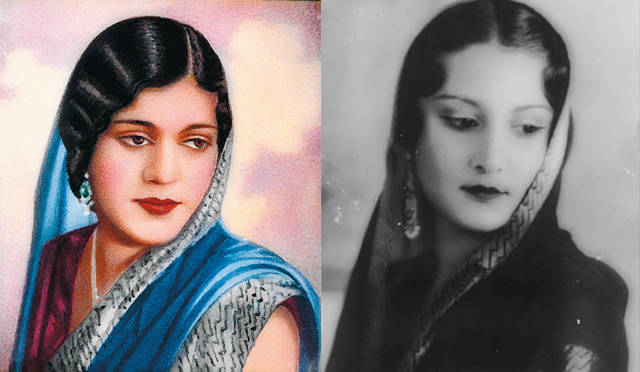
To the naked eye, it appears that the decades-old mystery had been solved. However, no evidence could be found to link the woman with absolute certainty. To complicate matters, my story prompted another contender to emerge from the shadows.
Mumbai-based Nikhil Dhanrajgir is convinced the miniature portrait is none other than his grandmother, Zubeida Begum Dhanrajgir. Zubeida was a heady cocktail of royal privilege and movie glamour. She was the daughter of Nawab Sidi Ibrahim Muhammad Yakut Khan III, ruler of the erstwhile princely state of Sachin in western India and Fatima begum, actress and India’s first female film director.
Zubeida also made it big in the movies. She acted in several silent films of the era, as well as in the first talkies in the country “Alam Ara” released in 1931. Her grandson Dhanrajgir claims the watch was a gift from his grandfather and scion of another royal family Maharaja Narsingir Dhanrajgir Gyan Bahadur of Hyderabad who married Zubeida in 1935.
With the photograph of Zubeida also at hand, Marcel ran two different algorithms (ISV and CNN). His methods are not based on morphology – where relative positions of various facial features are compared – but on machine learning.

More
Using science to put a name to a face
The ISV (Inter-Session Variability) algorithm provided a decent comparison score of 0.79 for Kanchan Prabha Devi which was much higher than an image of Zubeida Begum Dhanrajgir. However, the results of the CNN (Convolutional Neural Network) algorithm were not as clear-cut. Devi only managed a score of 0.42 while Zubeida got 0.50.
So, which algorithm to trust?
“The CNN algorithm is more state-of-the-art and has so far achieved the best recognition rate for large scale databases,” says Marcel. “It uses deep learning where it is trained on not just individual identities but also on different images of the same identity to find the best representation of what a face means.”
However, he admits that his algorithms have not specifically been designed to compare two images but identify faces in a crowd.
“We deal with authentication and not forensics and our focus is on algorithms that automatically recognise faces,” he says.
While Marcel’s algorithms give Devi and Zubeida almost similar scores, swissinfo’s more amateur attempts threw up a clear winner. A demo version of BetafaceExternal link, a face recognition software, yielded a score of 26% for Devi compared to 47% for Zubeida. Microsoft’s TwinsOrNotExternal link face comparison programme suggested a more respectable comparison score of 55% for Devi but a startling 100% for Zubeida.
Hard evidence
“The reverso was always in my grandfather’s possession. He kept it in his pocket and never wore it on his wrist. So it was most likely stolen and/or changed hands after his death in ’87 and in the early 90’s when his movables were being divided,” says Dhanrajgir.
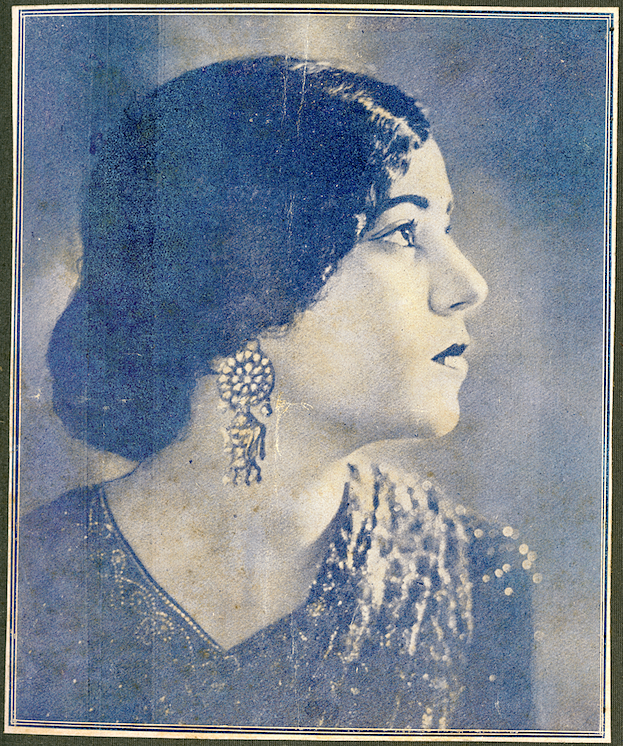
According to the auction house that sold the watch to Jaeger-LeCoultre in 2004, the timepiece was bought in the 90s by a Lufthansa airlines captain in Mumbai, which is where the Dhanrajgir family is based. It is not improbable that the watch could have been sold off by family members or staff. Unfortunately, Dhanrajgir doesn’t have any conclusive evidence to support this hypothesis.
So, even the face recognition results, there is no hard evidence that links the portrait on the watch with either Zubeida or Devi. While the whole exercise has demonstrated the limitations of technology, it has also clarified what pieces of the puzzle are required to lay the mystery to rest.
The most likely solution is that the descendants of Zubeida or Devi manage to find photos, receipts or diary entries that show or mention the watch. Slightly less likely is that Jaeger-LeCoultre finds invoices or other proof in its archives proving who ordered the watch. Last and least likely, is that the Lufthansa pilot comes forward and reveals who sold him the watch in Mumbai.
Watch this space.
Who do you think is the woman on the watch – Devi or Zubeida? Let us know in the comments section below.

In compliance with the JTI standards
More: SWI swissinfo.ch certified by the Journalism Trust Initiative
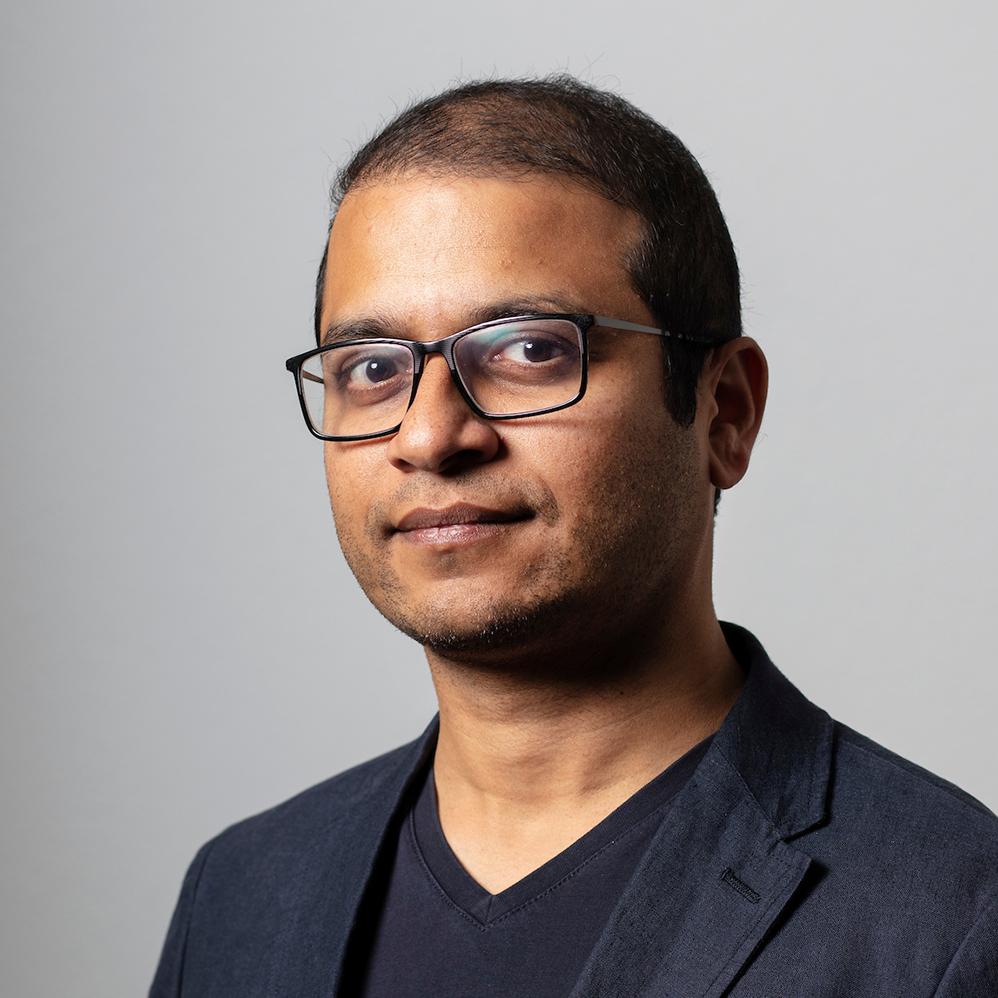





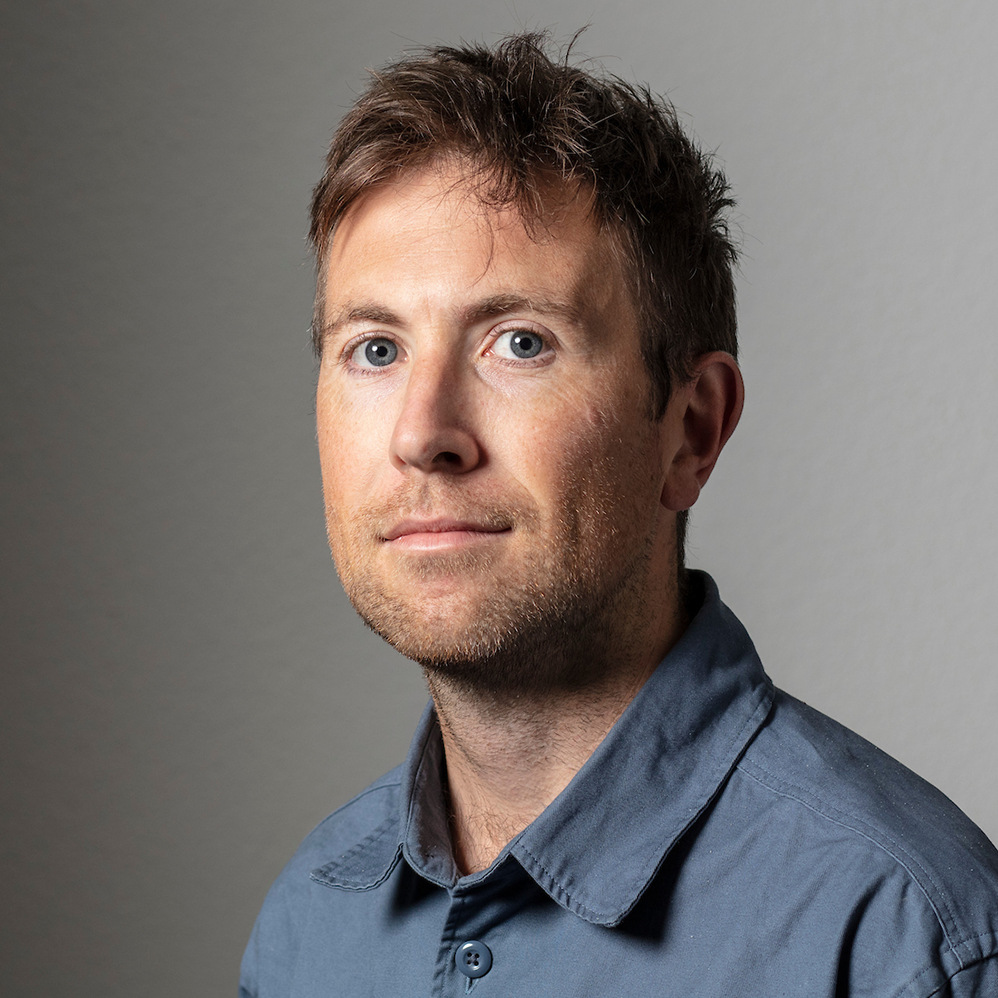

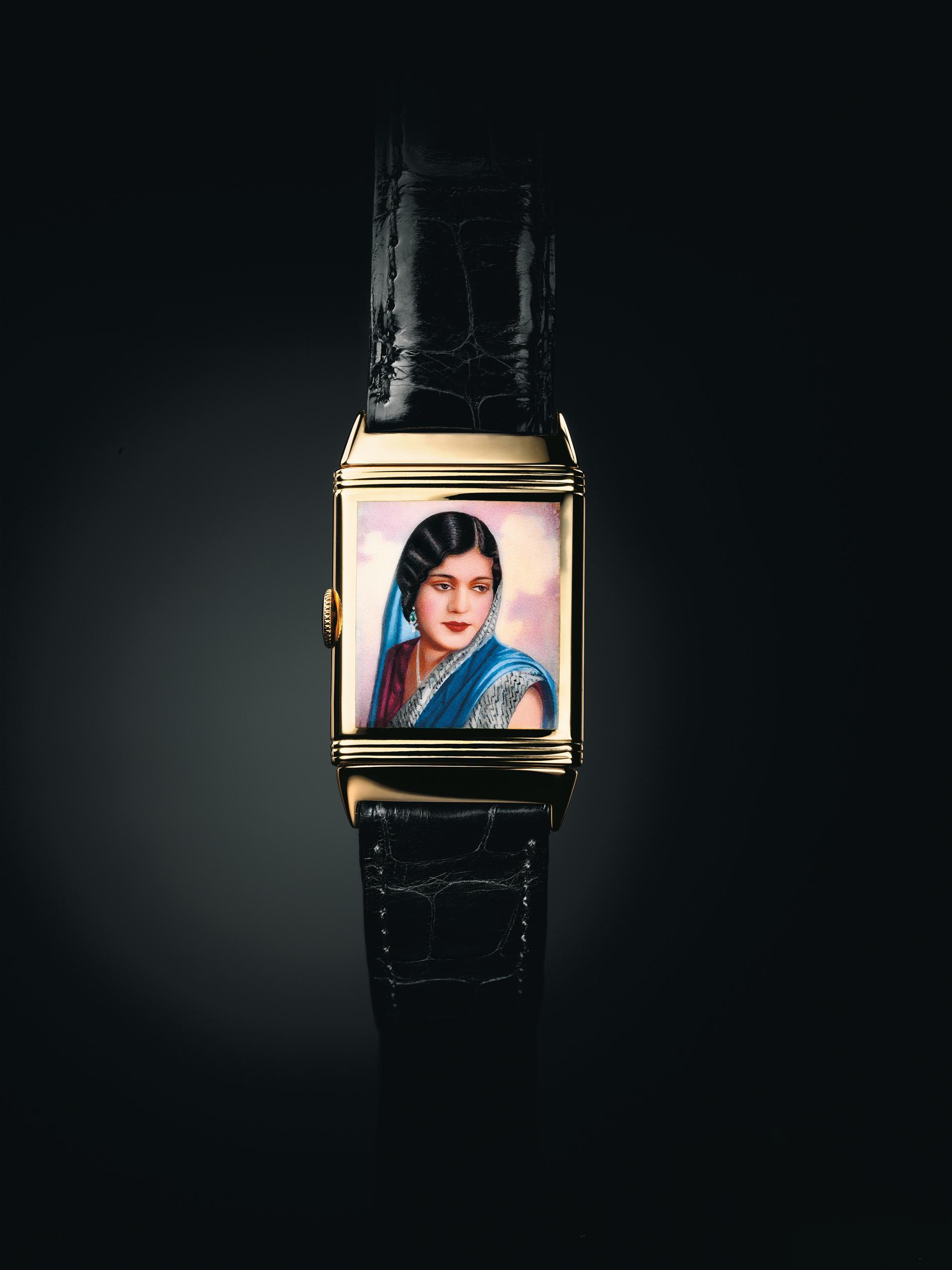


You can find an overview of ongoing debates with our journalists here . Please join us!
If you want to start a conversation about a topic raised in this article or want to report factual errors, email us at english@swissinfo.ch.